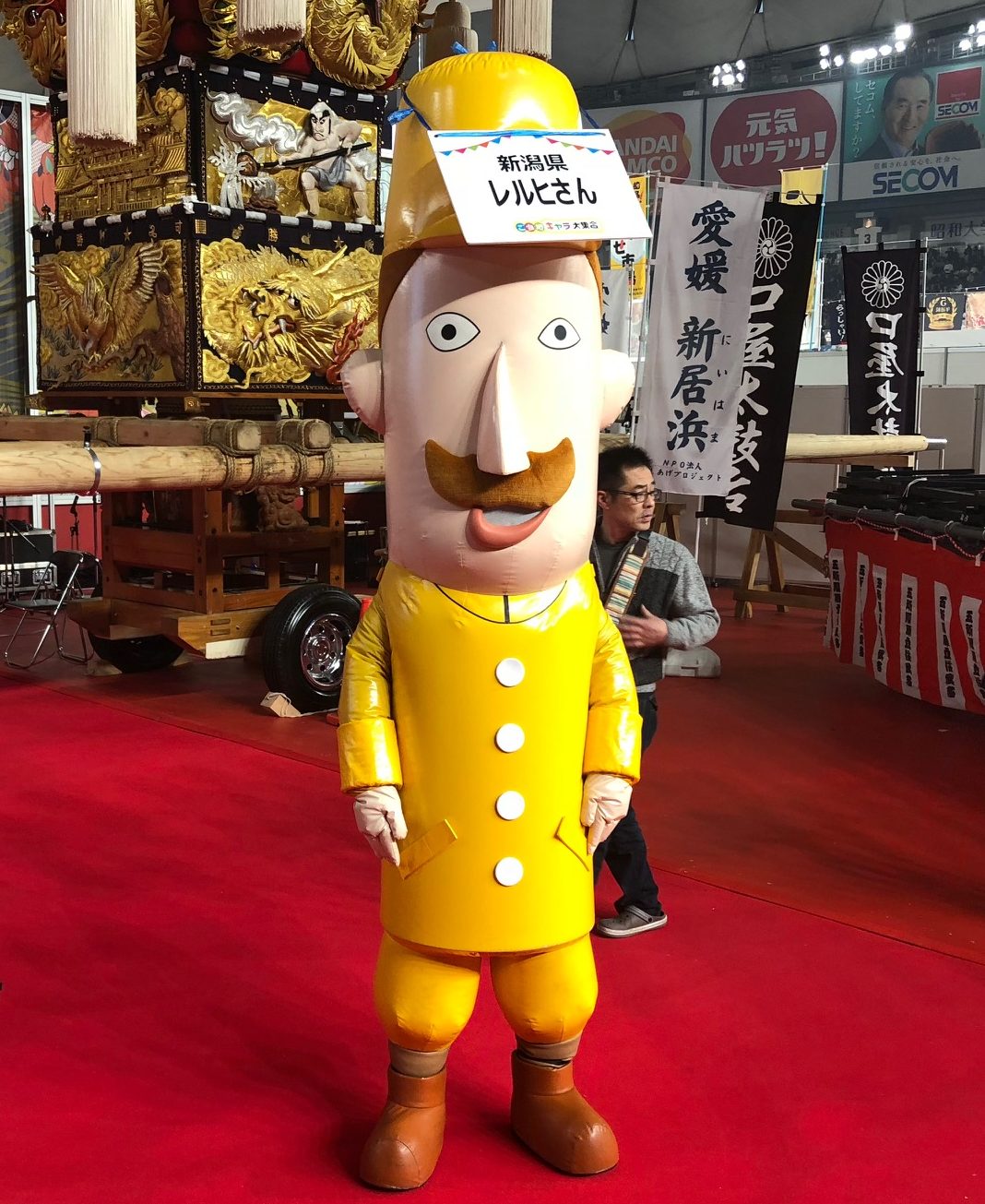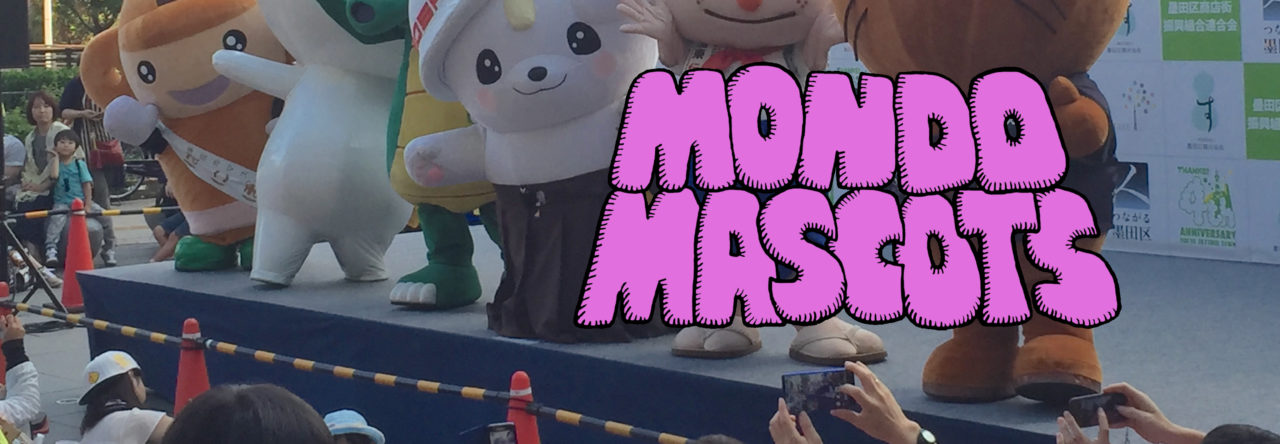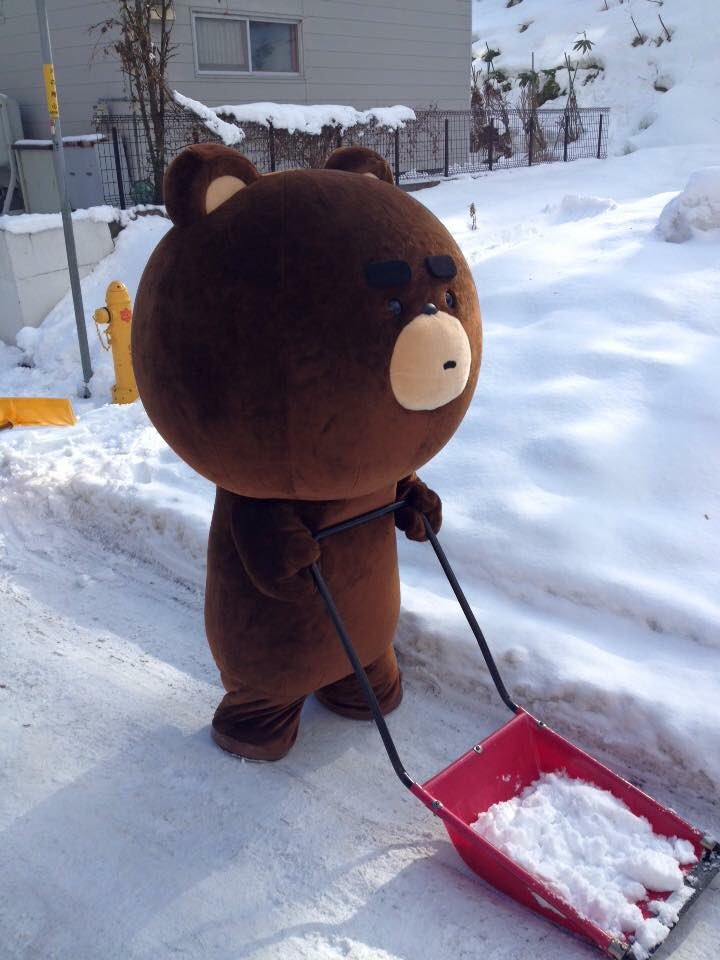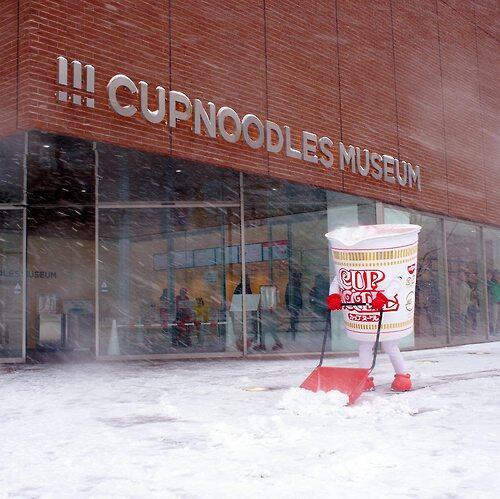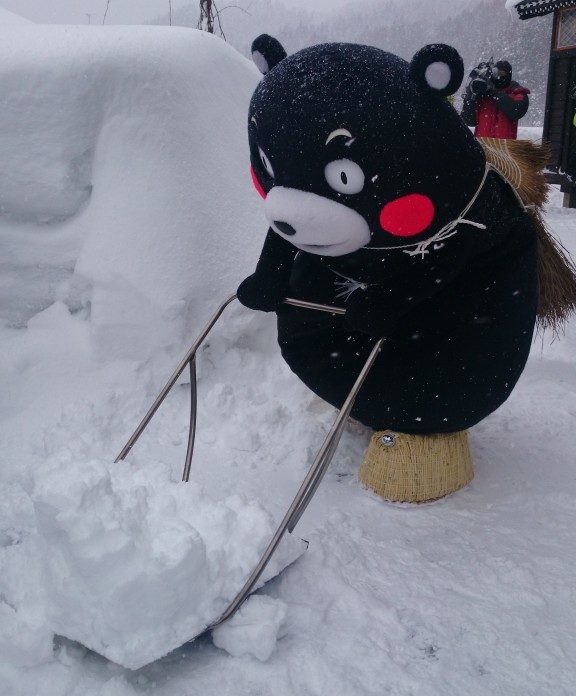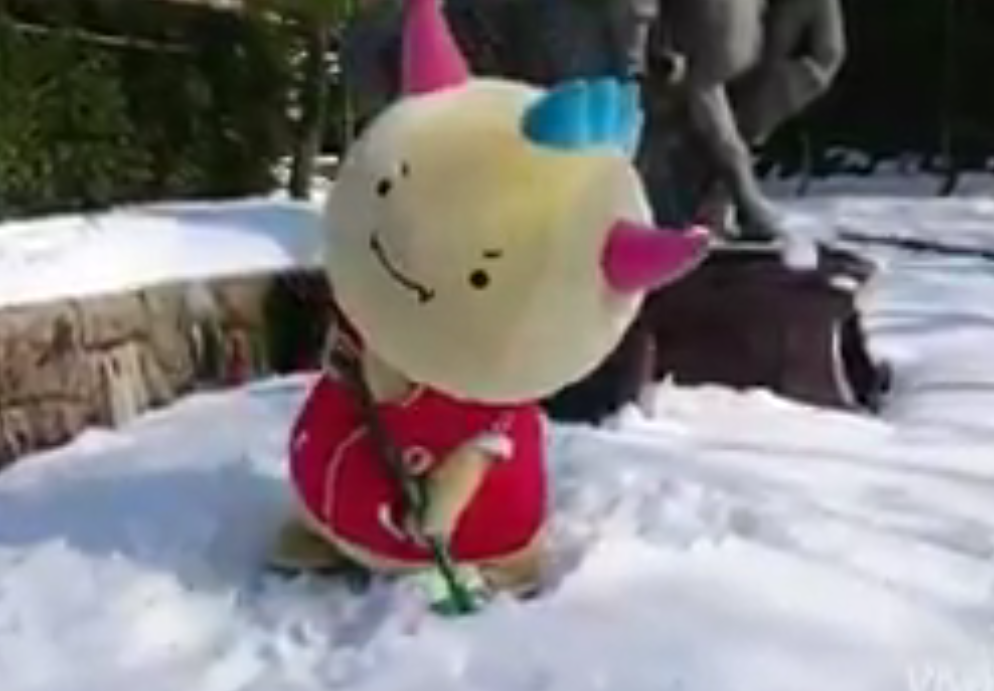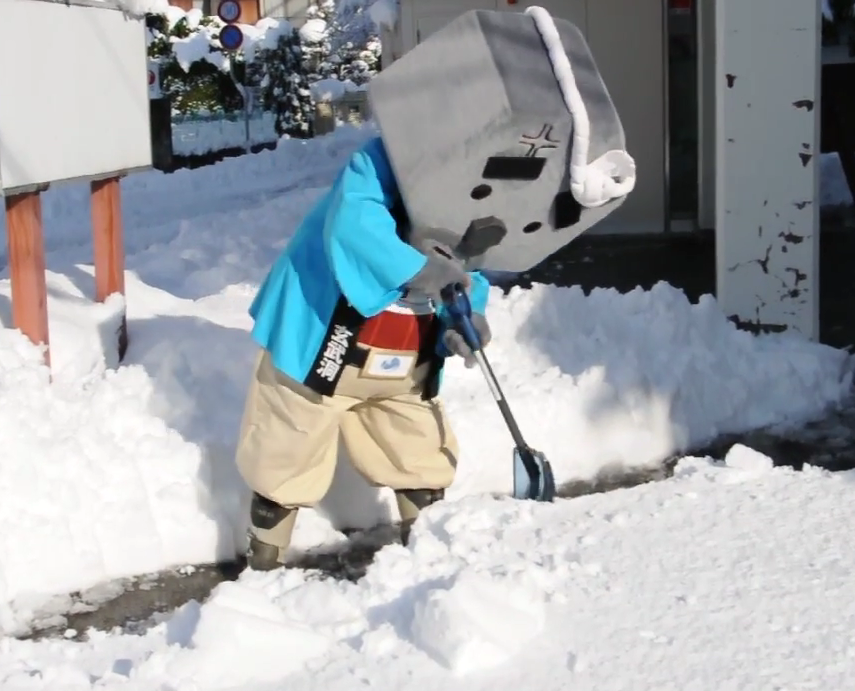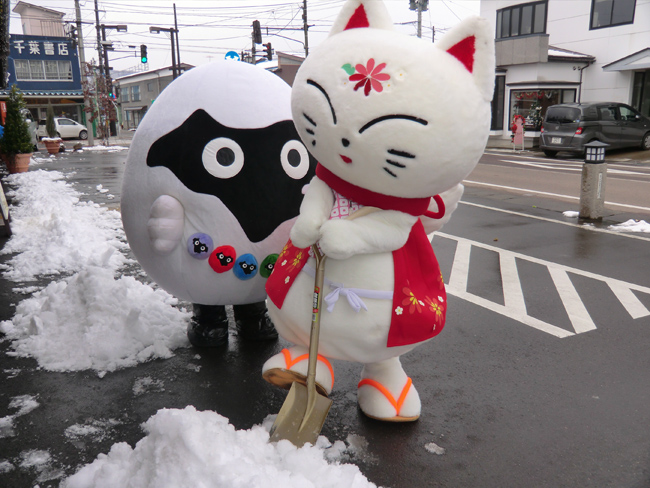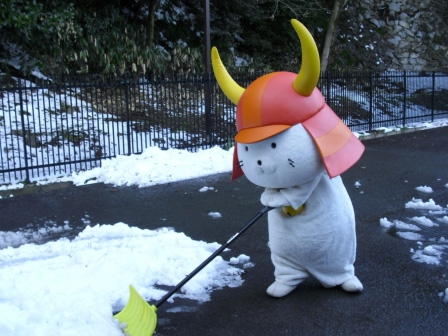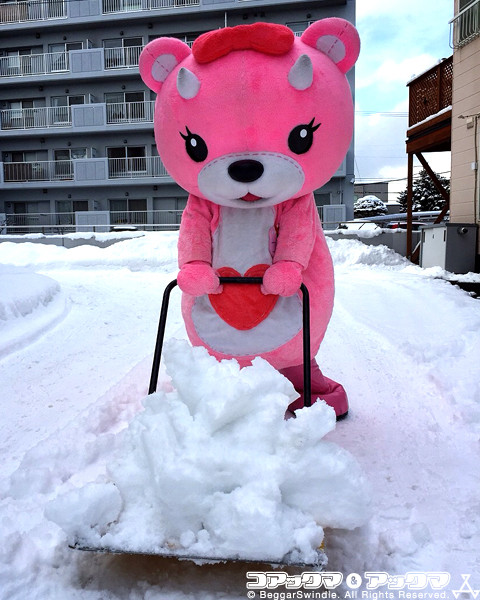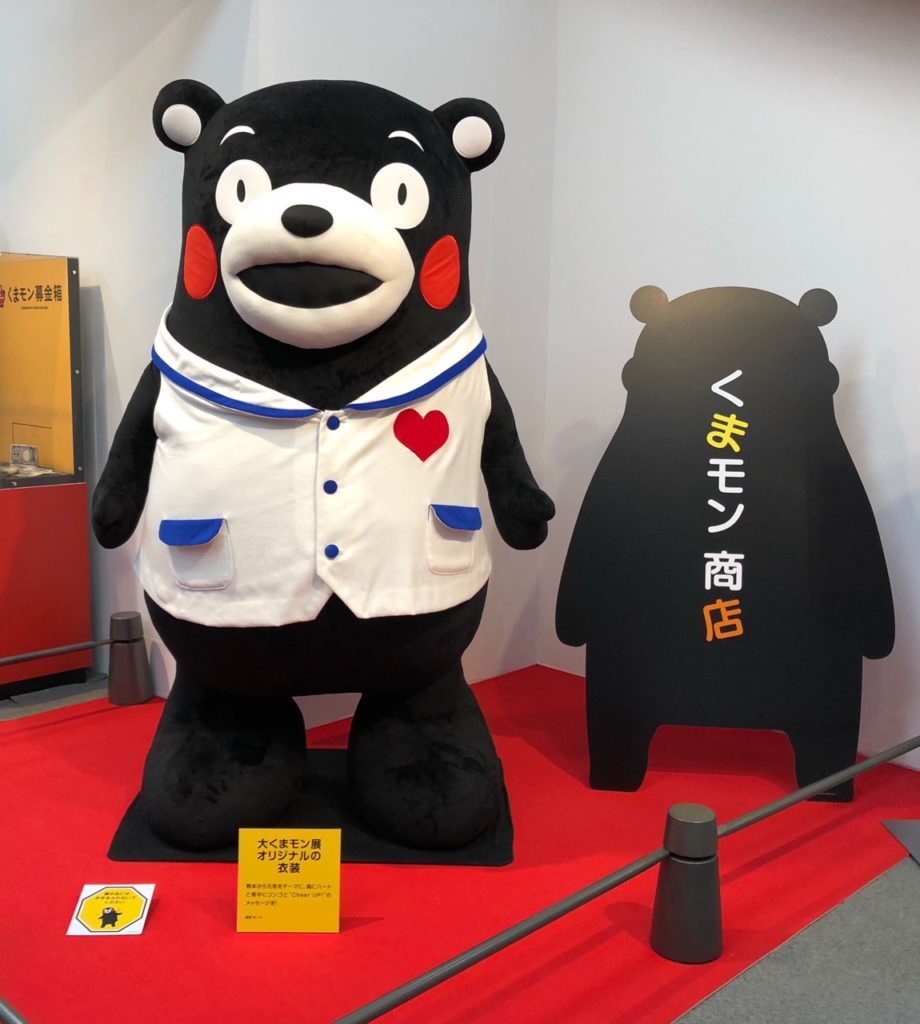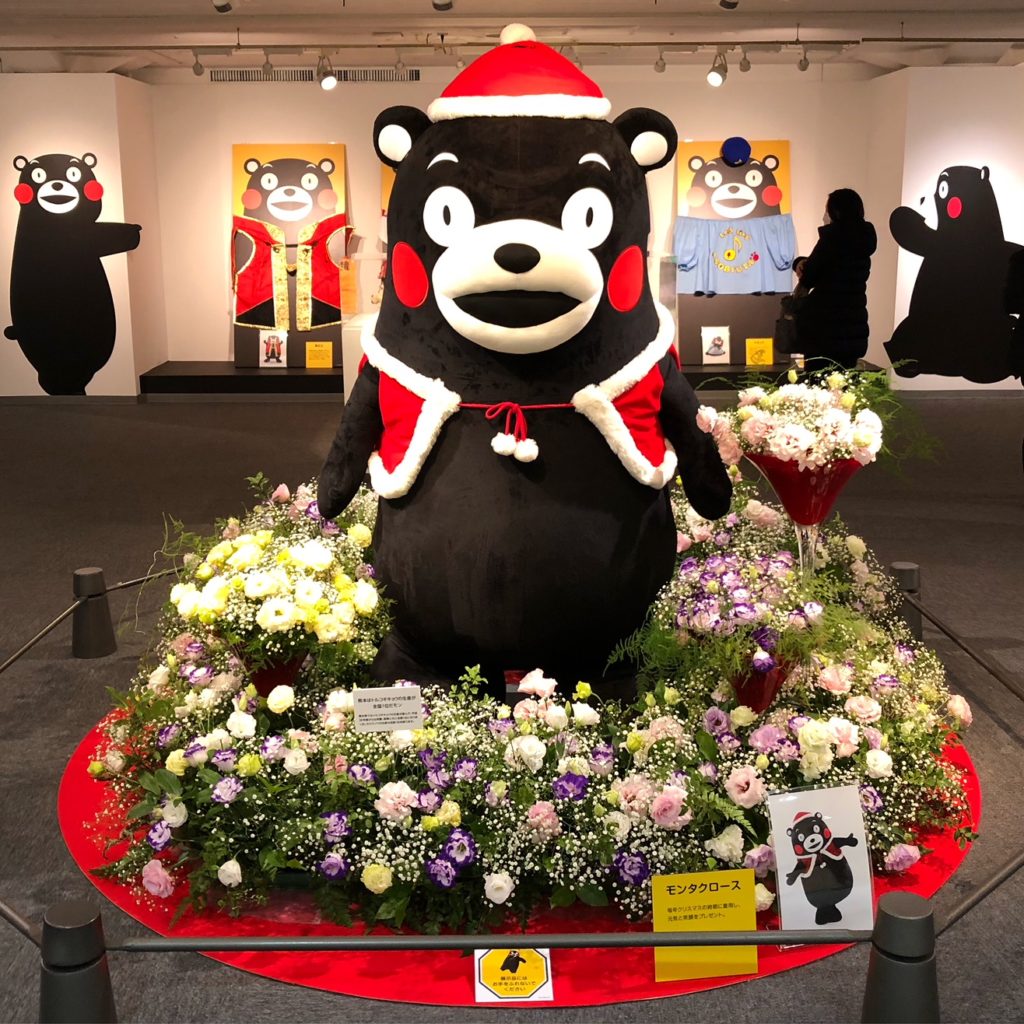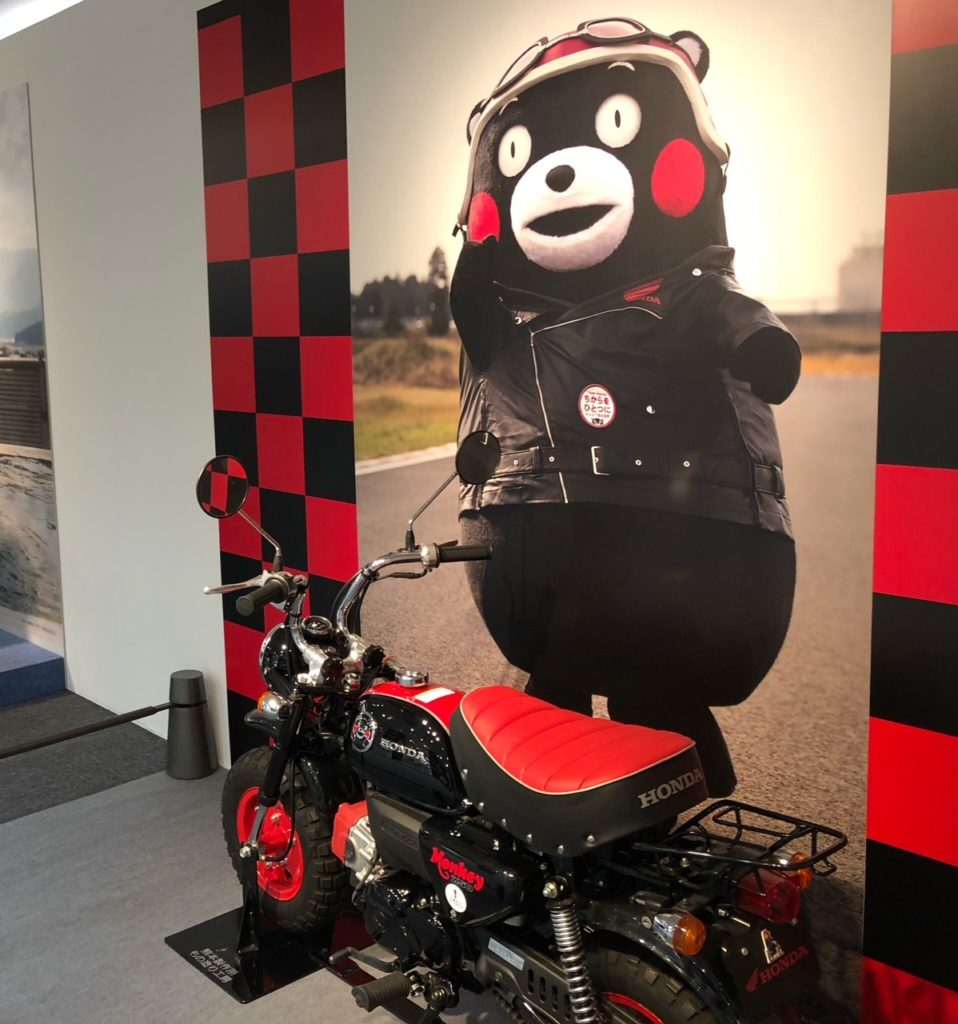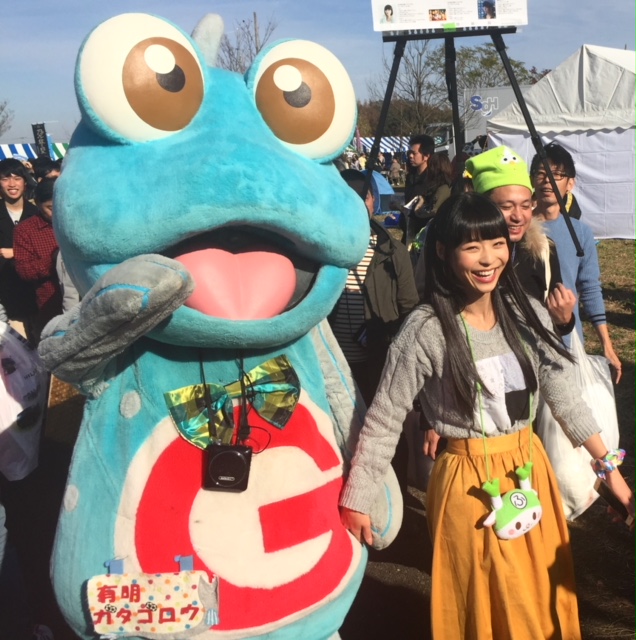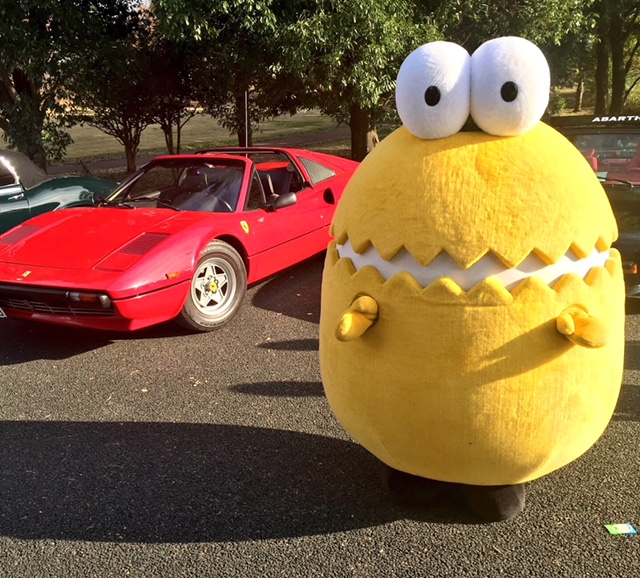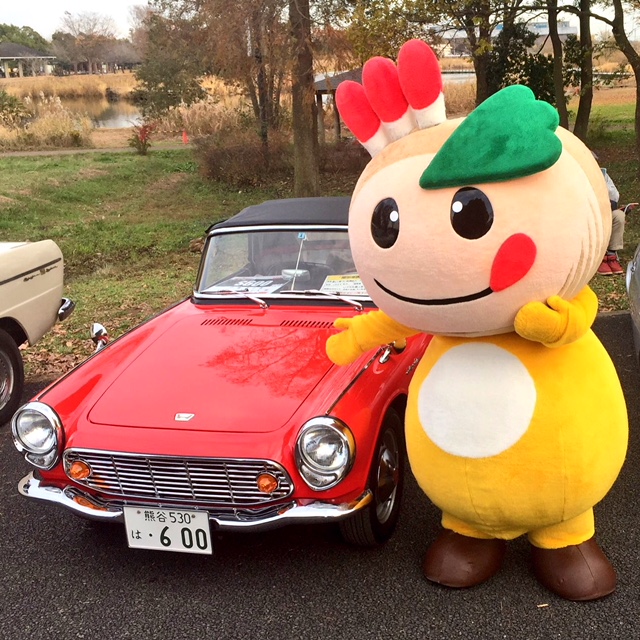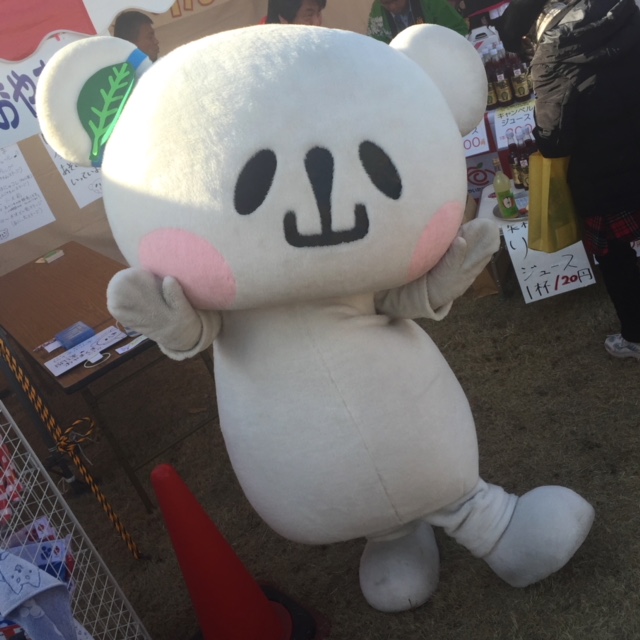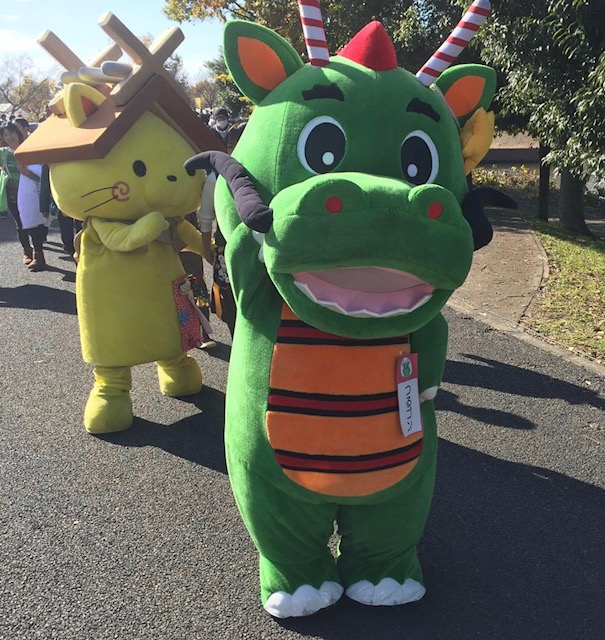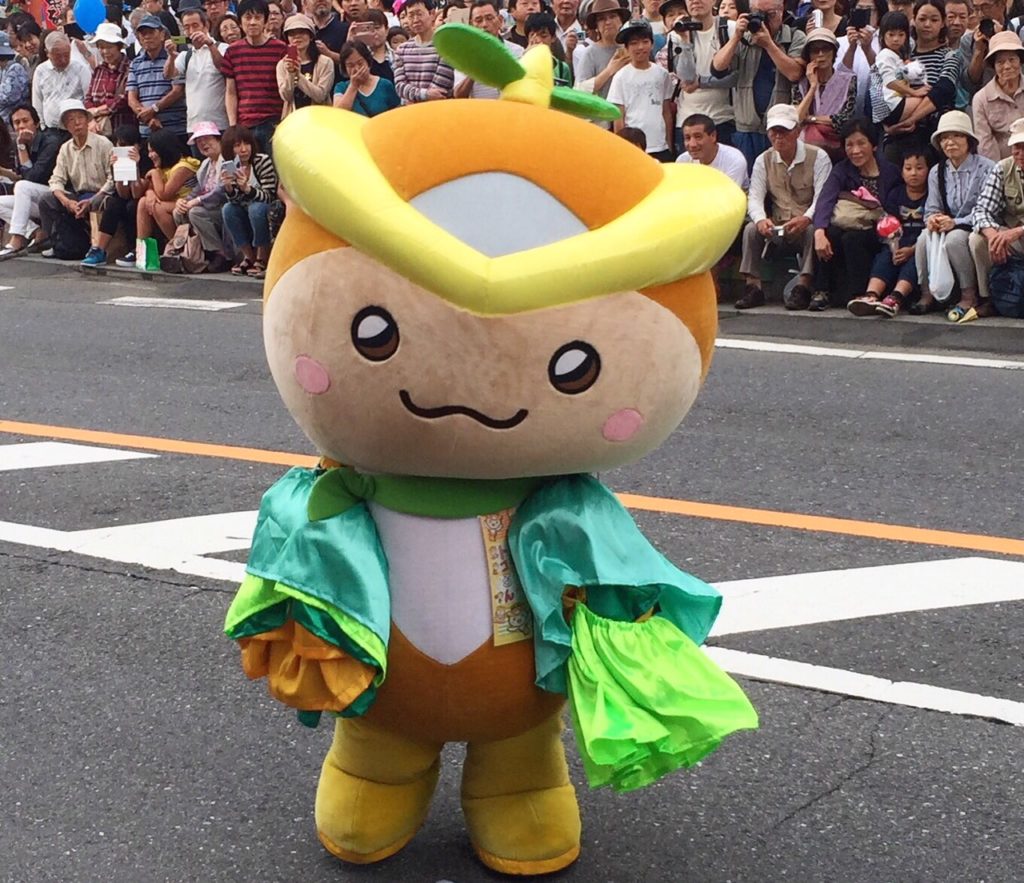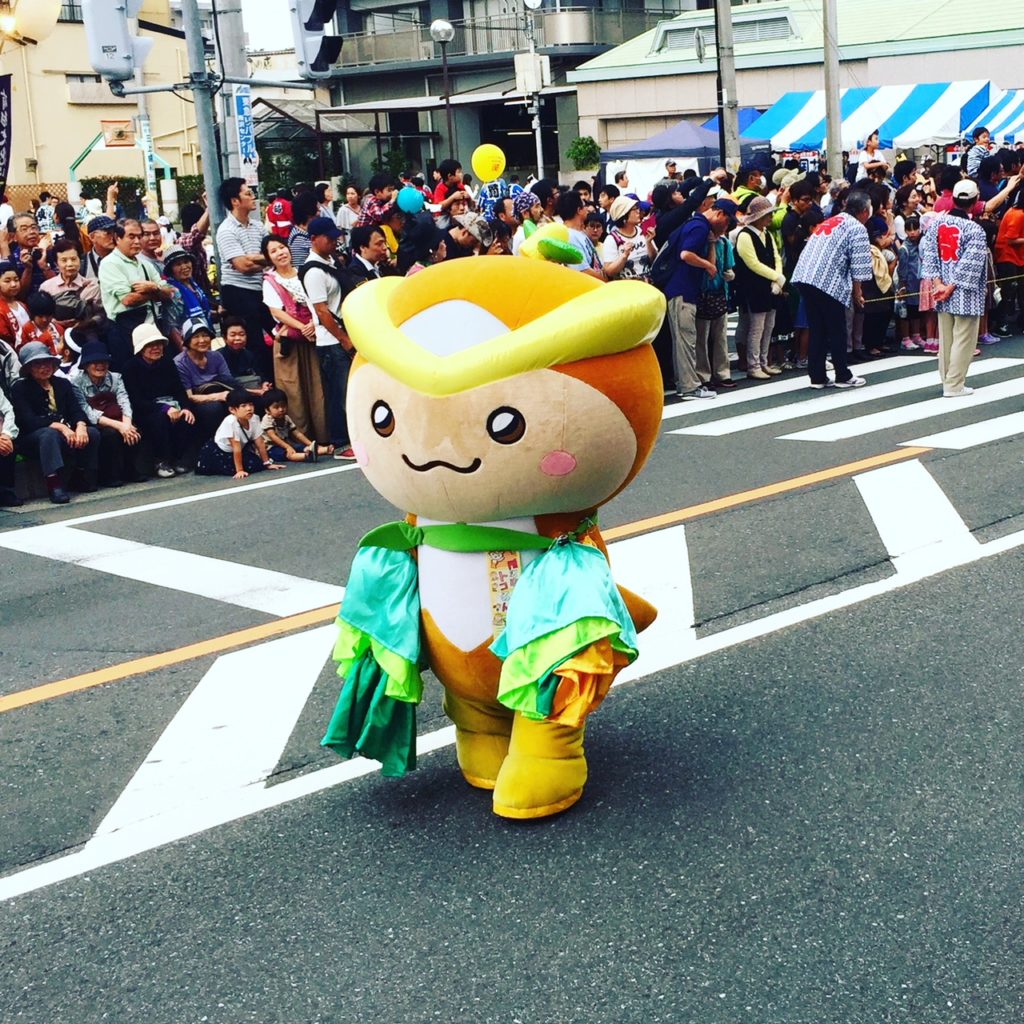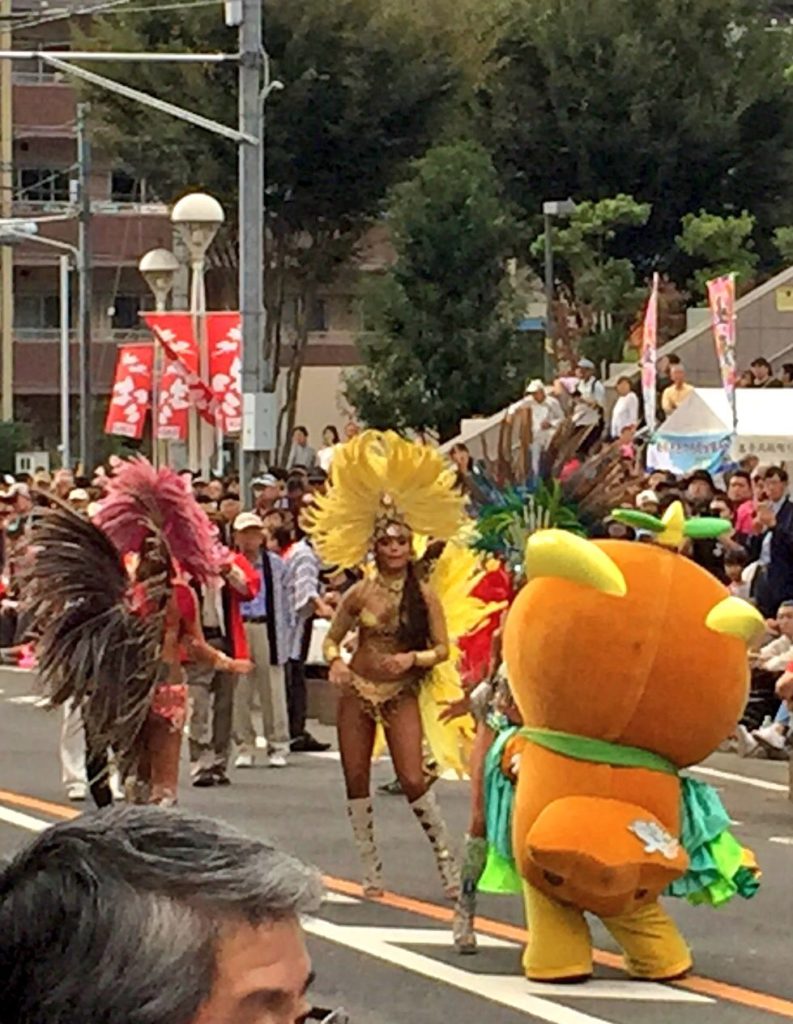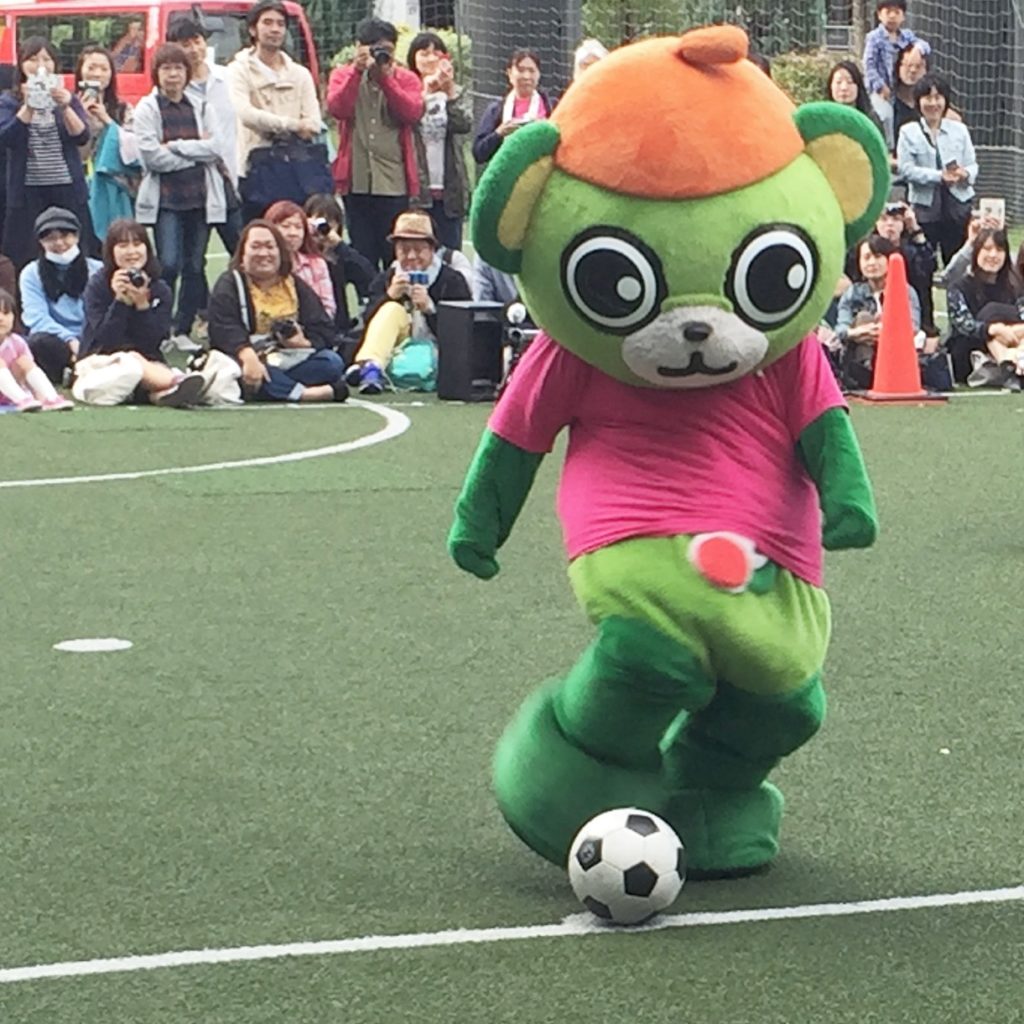2017 was an eventful year for mascots in Japan. Let’s look back at some of the highlights.
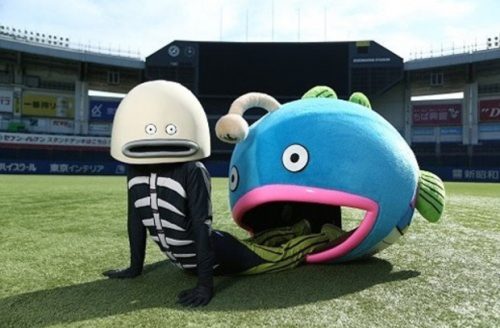
Chiba Lotte Marines’ Mysterious Fish
This spring, the Chiba Lotte Marines baseball team introduced a highly original new mascot to the world. Surely the first mascot to evolve before the audience’s eyes, The “Mysterious Fish” is an angler fish that vomits out its own skeleton, which then runs off on two legs.

Grulla Morioka FC Mascot, Kizuru
Another striking sporting mascot to debut this year was Morioka Grulla Football Club’s giant paper crane, Kizuru. Funds for Kizuru’s costume were raised by crowdsourcing. The Kizuru costume was an impressive sight, but his head fell off during his first ever performance.
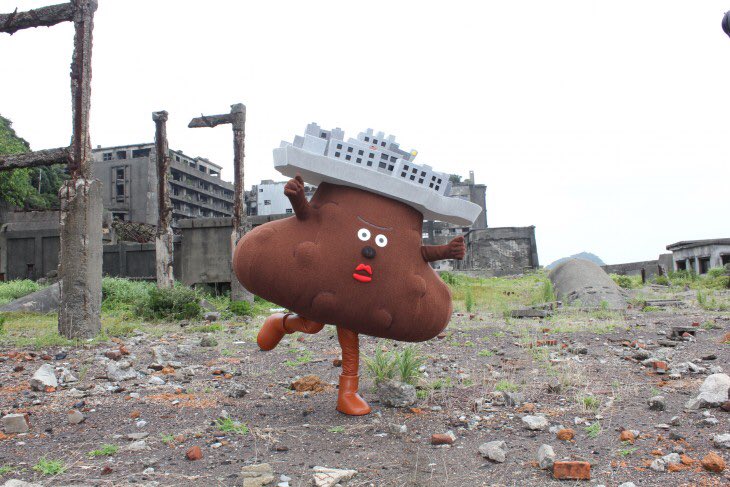
Gunkanjima Mascot, Gansho-kun
A new mascot for Nagasaki’s spooky abandoned mining island, Gunkanjima was unveiled in July. Looking like Jabba the Hut, Gansho-kun’s lumpy brown body was inspired by the brown rock of the island. The island has a dark history (Korean immigrants were forced to work in the mines unpaid) so there were complaints that Gansho-kun was inappropriate, and he has kept a low profile since then.
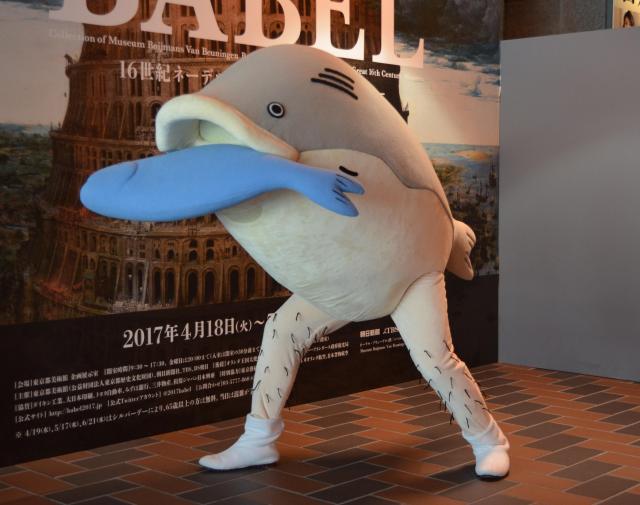
Tarao-kun, mascot of the Babel art exhibition.
Throughout the year an exhibition of 16th Century paintings, titled Babel, toured the country, and a mascot was made to promote it. Yes, even an exhibition of renaissance art has a goofy mascot in Japan. Tarao is a fish with hairy human legs and is inspired by a Bruegel etching.
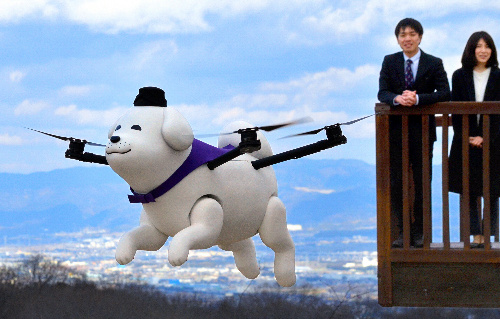
The drone version of Yukimaru-kun
Meanwhile, the locals of Oji City, Nara Prefecture, were wowed by a drone version of the city’s popular dog mascot, Yukimaru. The flying pooch waggles its legs as it glides through the air.
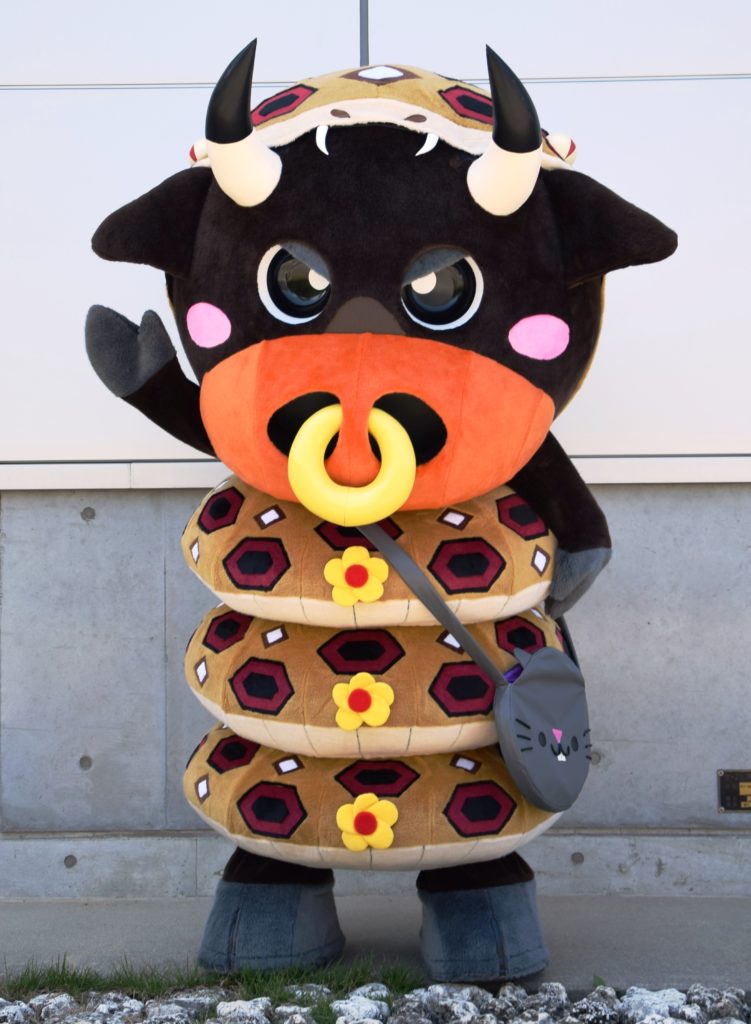
Tokunoshima mascot, Mabooru-kun.
The tropical island of Tokunoshima also introduced a marvelous new mascot in 2017. Mabooru-kun is a bull who looks decidedly grumpy about being slowly devoured by a massive snake. The Tokunoshima government are hoping to attract tourists to the island with their new PR mascot. Highlighting the threat of being killed by the snakes that live on the island is certainly a novel approach.
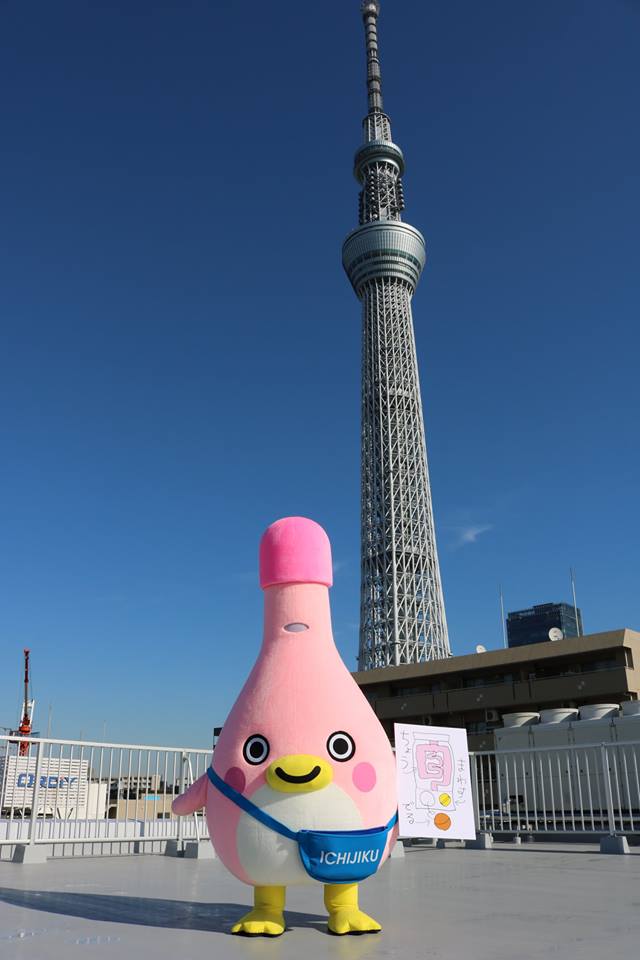
Kan-chan, mascot of Ichijiku Pharmaceuticals
Another new character who made a splash this year was Kan-chan, mascot for Ichijiku Pharmaceuticals, purveyors of enemas and fig-based laxatives. Accordingly, Kan-chan is part-fig and part-enema, with a bit of penguin mixed in for cuteness. Making a colon-cleansing device adorable is quite an achievement.

Sugitchi retires.
While we said hello to so many new faces in 2017, we also bid farewell to a veteran mascot. Sugitchi, the cedar tree mascot of Akita Prefecture, retired in November after a decade of hard service. Apparently, the Akita government had only licensed the character from its creator for 10 years.
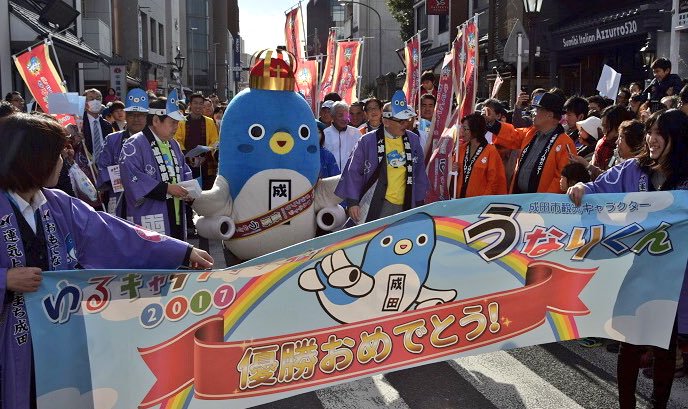
Yuruchara Grand Prix champion, Unari-kun, is celebrated with a parade in Narita City.
The dream of every Japanese mascot is to win the annual Yuruchara Grand Prix. Winning this popularity contest, in which members of the public vote online for their favourite local character, is the pinnacle of mascotting achievement. This year’s champion, announced in November, was Narita City’s Unari-kun, who polled 805,328 votes and beat 1,158 rivals to the top spot. He’s a hybrid of an eel and a plane, but is more often mistaken for a penguin. Narita City held a parade for the returning hero a week after his victory.
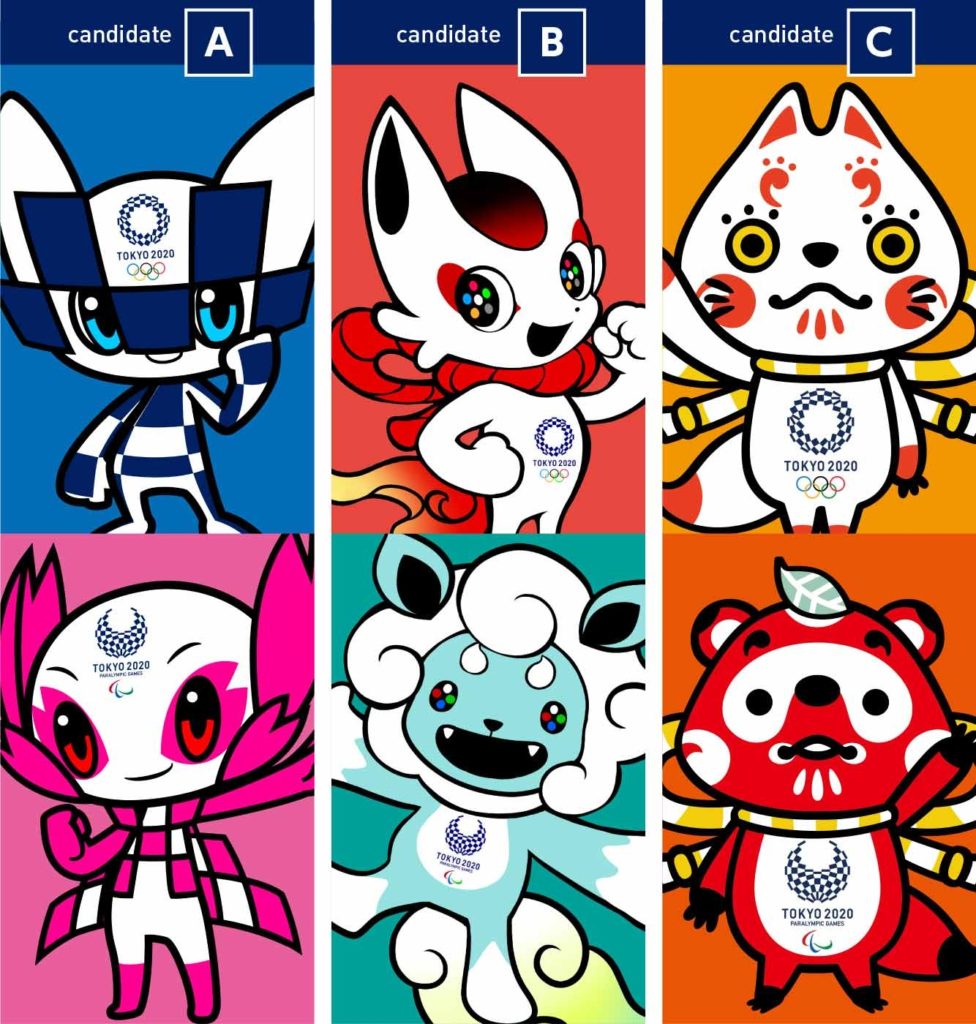
Candidates to be the 2020 Olympic mascots
And finally, in November, the shortlist of potential mascots for the 2020 Tokyo Olympics was released to the public. Elementary school students throughout Japan will be voting for their preferred candidates, and the winning pair will be announced on February 28th.
The country waits with baited breath, and next year looks set to be another vintage year for Japanese mascots.



